Dry, impoverished earth, stone, gravel and dust. Aridity. Here and there, trees, most of them still bearing the marks of the fire that passed through there, in the summer of 2021. This is the scene we find in the mountains near Alta Mora, in the interior of the municipality of Castro Marim, these days .
Here, shades of brown rule. However, a closer look reveals hints of green, above the hill. These are newly planted strawberry and carob trees, which stubbornly resist in this desolate scenario.
Ensuring the survival of these small trees, which are little more than saplings, but also that of others that are yet to be planted, in a continuous area of 52 hectares, is the objective of the Reforestation Project of the Degraded Area of Eira-da-Zorra – PRADE, from GuadiMonte Agricultural Cooperative, which is already advancing on the ground.
O Sul Informação went to the field to meet with Valter Matias, president of Guadimonte, to witness the progress of one of the main planned actions: the installation of «five kilometers of primary pipelines, to distribute water across the various plots».
In this irrigation system alone, around 150 thousand euros will be invested, a considerable portion of the budget from the PRADE project, which costs around 890 thousand euros and is the result of a partnership with the municipality of Castro Marim, Confagri and the University of Algarve.
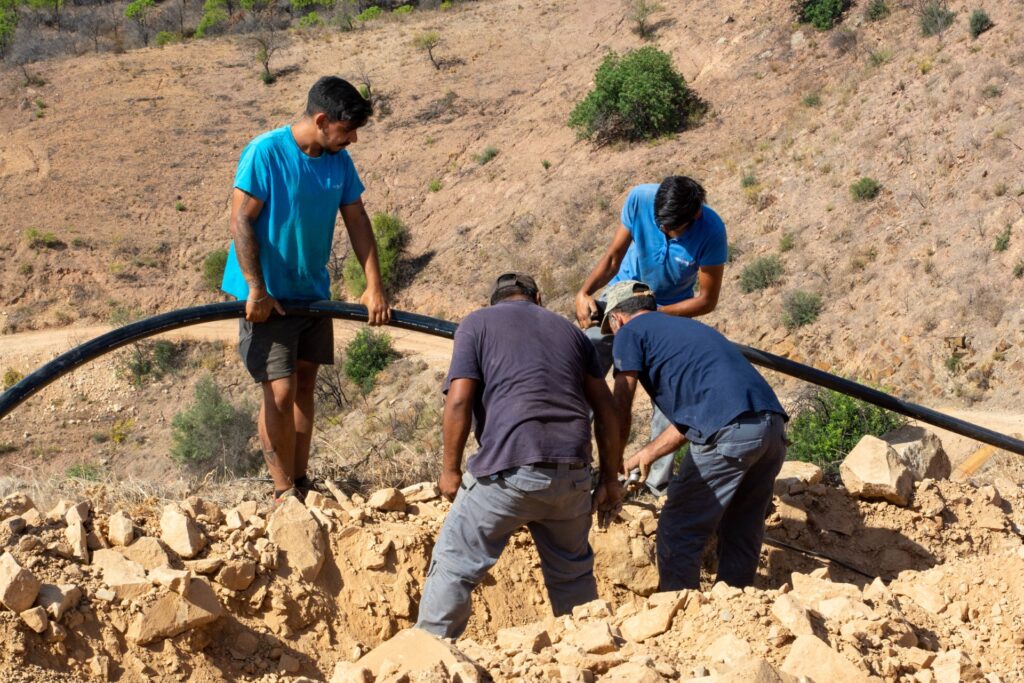
The objective of PRADE “is to recover degraded soils, contribute to soil enrichment and strengthen organic matter”.
«We applied for this, also taking advantage of the issue of the 2021 fire, since this entire area was affected by the fire. We are here in a very degraded area, by nature, with erosion phenomena. With the fire, everything got much worse», revealed Valter Matias.
Taking this into account, «one of the issues that arose right from the beginning was that of irrigation. At the application stage, we even thought that it might not be eligible, because we are talking about a large investment».
In the end, the creation of this water distribution network was approved, taking into account that «the issue of water is very pertinent».
«This is irrigation to support survival, especially in the first years. This is not an irrigation project”, said the president of Guadimonte from the outset.
«We didn't have water here, we had to use a borehole. We had some fear that a borehole, at the peak of these mountains, would not provide enough water. Fortunately, it's very good and in two weeks it filled a 500 liter reservoir we have there», he revealed.
«Now, with the distribution of the main pipes, we will start watering the plants that were planted. Until now, we have been doing traditional irrigation, using a Joper water reservoir, to save the trees during the summer,” he added.
But, from the moment the system has been installed, “everything will be interconnected and automated” and it will be possible to program irrigation.
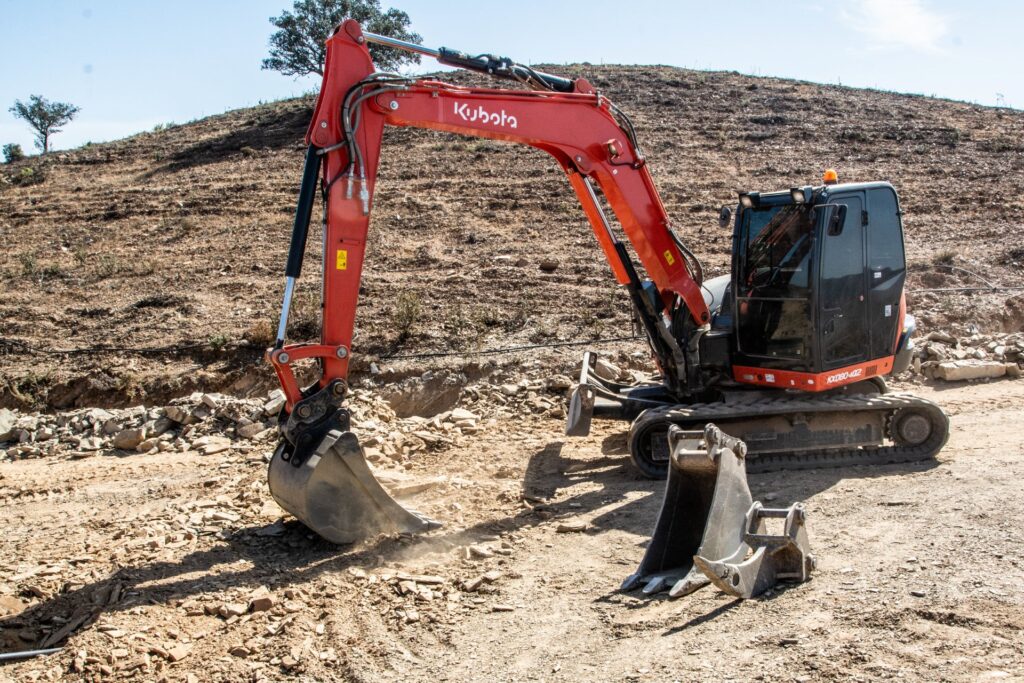
PRADE, when it was launched in March, covered an area of 34 hectares, to which Guadimonte added, however, another portion of almost 20 hectares that had already been intervened within the scope of the Montanha Verde project, from Zoomarine, and with the support of the municipality.
on the day the Sul Informação was on the ground, the work was taking place on land that already has trees planted.
«In the other part, the soil is already prepared. There was an area of pine forest that burned down. The remaining wood was all crushed and incorporated into the soil. The objective here was to reinforce organic matter in the soils, to make them more fertile. The planting of this part will now be in October or November, we are just waiting for the first rains and for the land to cool down a bit, because, at the moment, it is very hot», said the president of Guadimonte.
«With this area of 52 hectares, we will now work on creating protective strips and grassland. The project also considered the issue of livestock farming and beekeeping. The main objective is to make the soils more fertile and forest the area, with planning, so that a new fire does not come within a few years, and all this disappears», he summarized.
«We are here planting carob and strawberry trees, which are resistant species and have been proven to be very resistant to drought, although we are also making some densities with cork oaks and holm oaks, because the application provides for this. It makes sense that, in places where there is a greater concentration of trees of these species, reinforce with these trees and not others», said Valter Matias.
The trees that are being planted “have a double function, since, in addition to the ecological part, we also have the productive part. Within seven or eight years, we should already have carob and arbutus trees the same. Some of the cooperative's members are already investing in medronho and the idea is, in the future, to create a distillery».
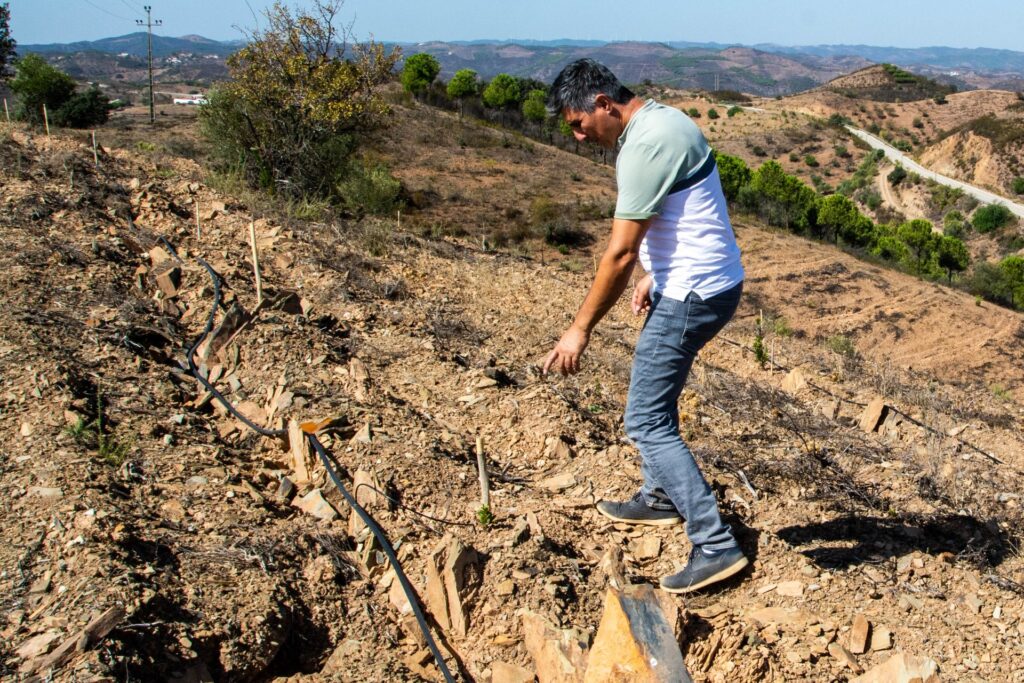
In order for it to be possible to set up a project of this scale, on land that «does not belong to the Guadimonte cooperative», it was necessary to carry out «very important» preparatory work, in order to achieve «something that, perhaps, is unprecedented and pioneering», in the region.
«As we well know, issues of belonging, here in the interior, have always been complicated and generated conflicts. In this way, we even had some doubts that we would get all the land for this intervention», he began by saying.
However, «people are already of a certain age and their children don't live here, they are abroad, some in Lisbon. In this way, after speaking with the owners, we were able to guarantee these 52 continuous hectares through lending contracts».
«In the first phase, we warned that we wouldn't be able to pay anything, because we are investing, but people said yes and that we were doing well. And we did it! We are talking about contiguous land, which connects to each other. We are not talking about a portion here and another there. One of the biggest problems related to fires is, precisely, this issue of smallholdings, where there is no general planning».
In addition to planting, «there is a part of research that is being developed by UAlg, also with the idea of having here a record of how plants develop: whether they do better on the North side or on the South side, with more or less heat, water or humidity. It is a study that will help in future projects».
Confagri «designed the project itself, which is a forestry project» and the Chamber «also has an activity, which is based on the recovery of a primary school to install a technical office to support future projects, so that this information that we are here collecting and developing in scientific terms, can then be disseminated and transmitted to other people who want to develop similar projects in the area of reforestation with native species».
«We also have a long-term strategy, which is, in the future, in this area, we can move forward with new intervention areas and, with this system, we will already have water to allow new plantations», concluded Valter Matias.
Photos: Hugo Rodrigues | Sul Informação
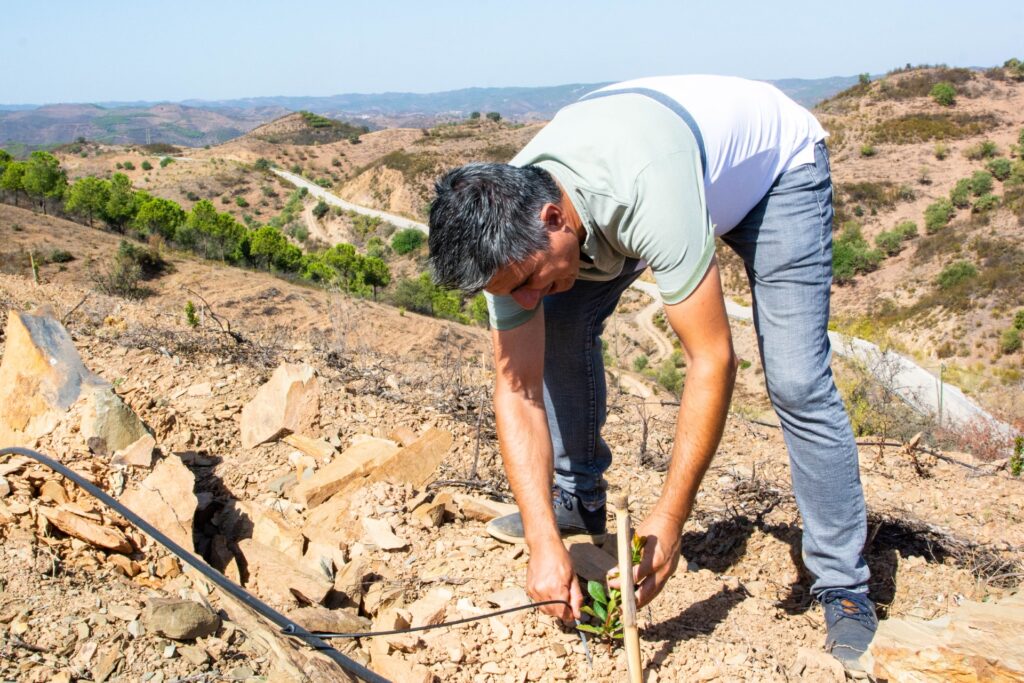
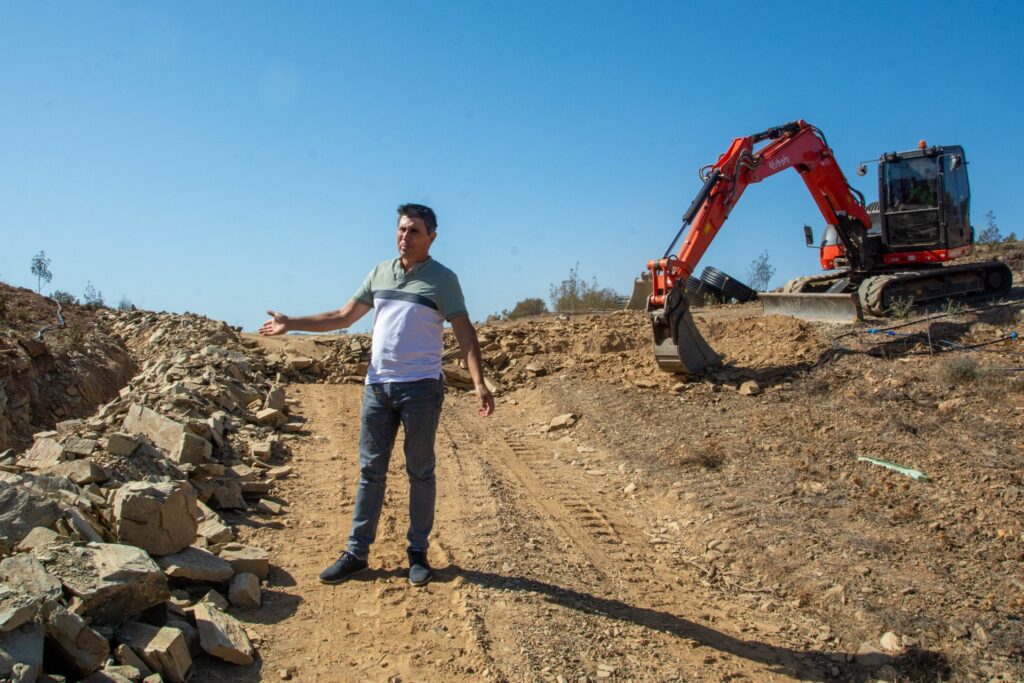
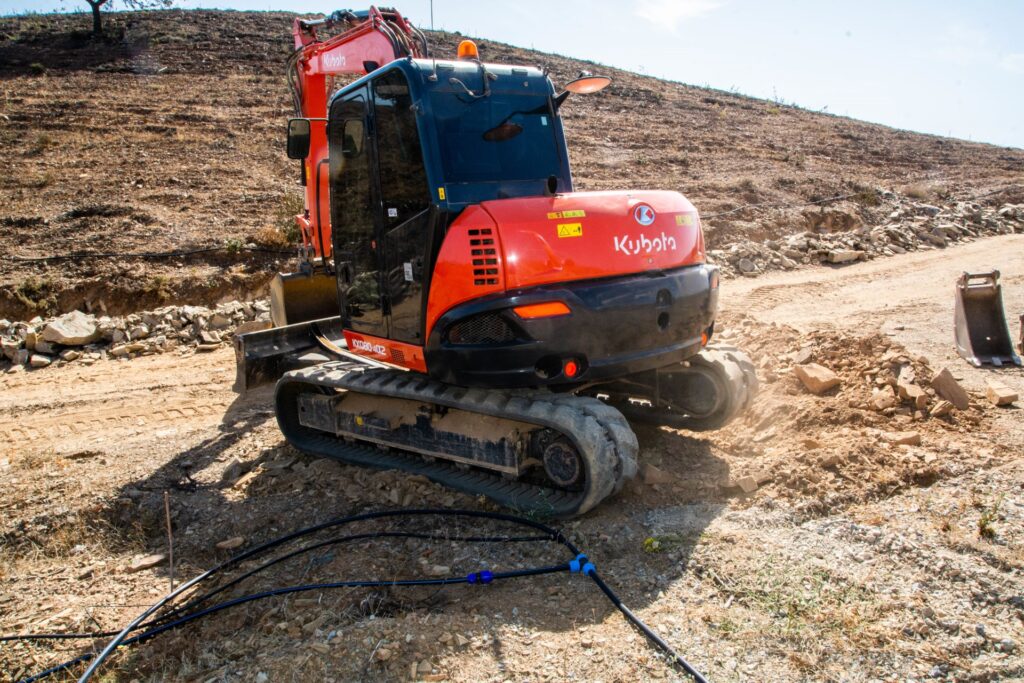
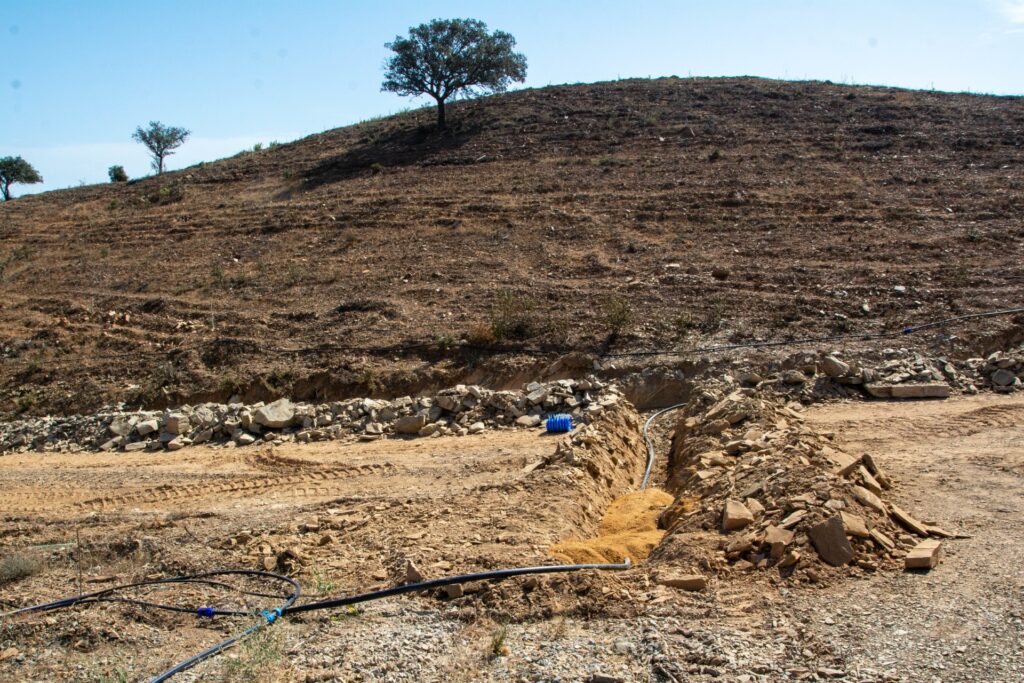
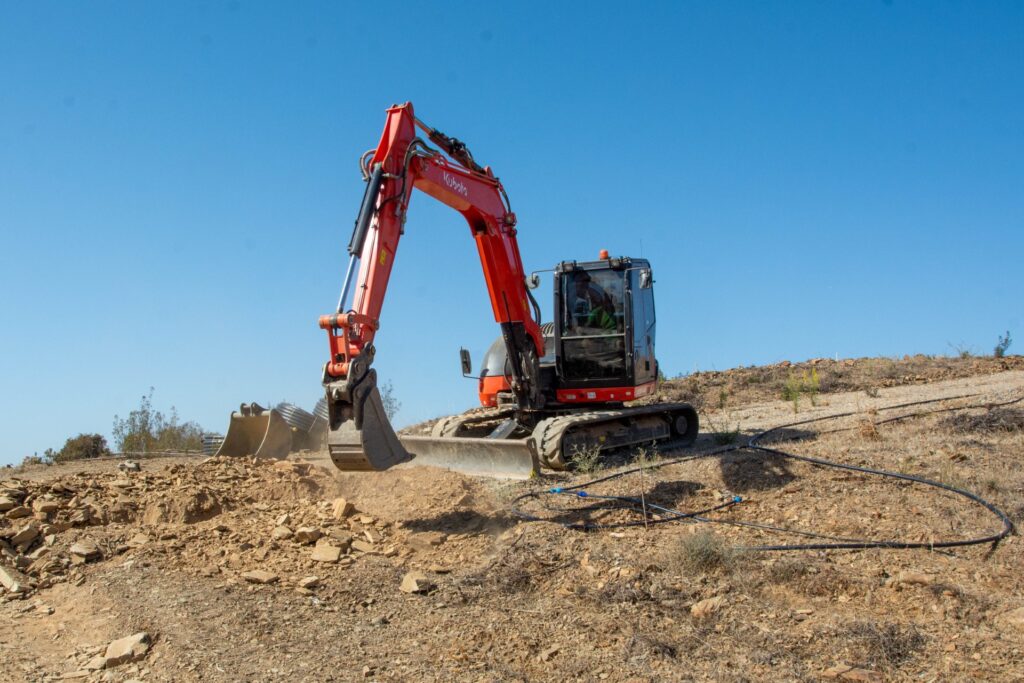
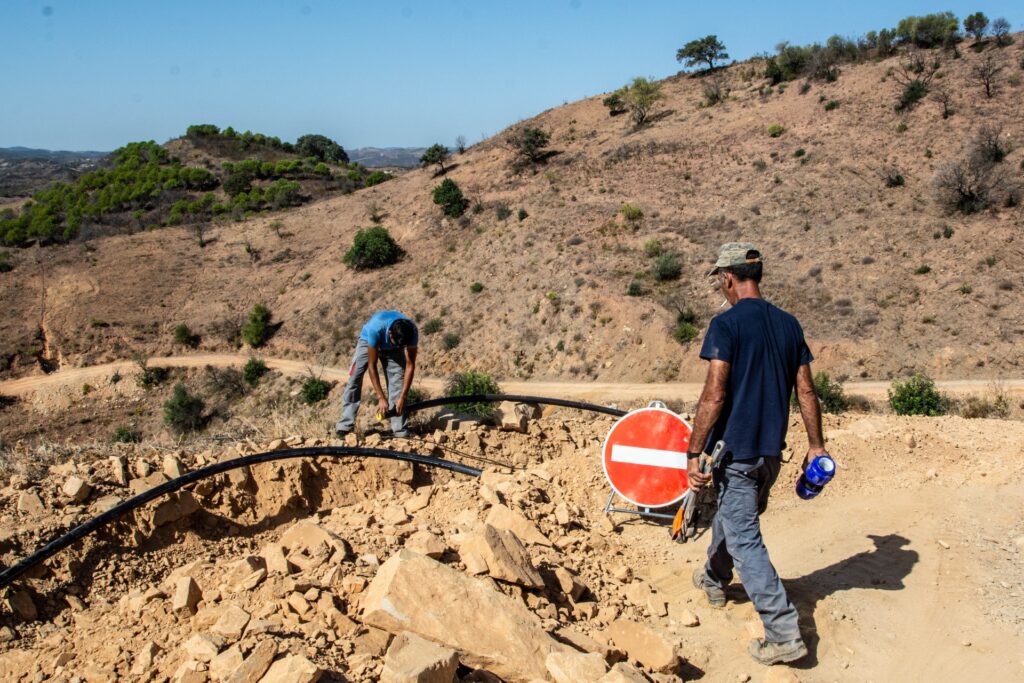
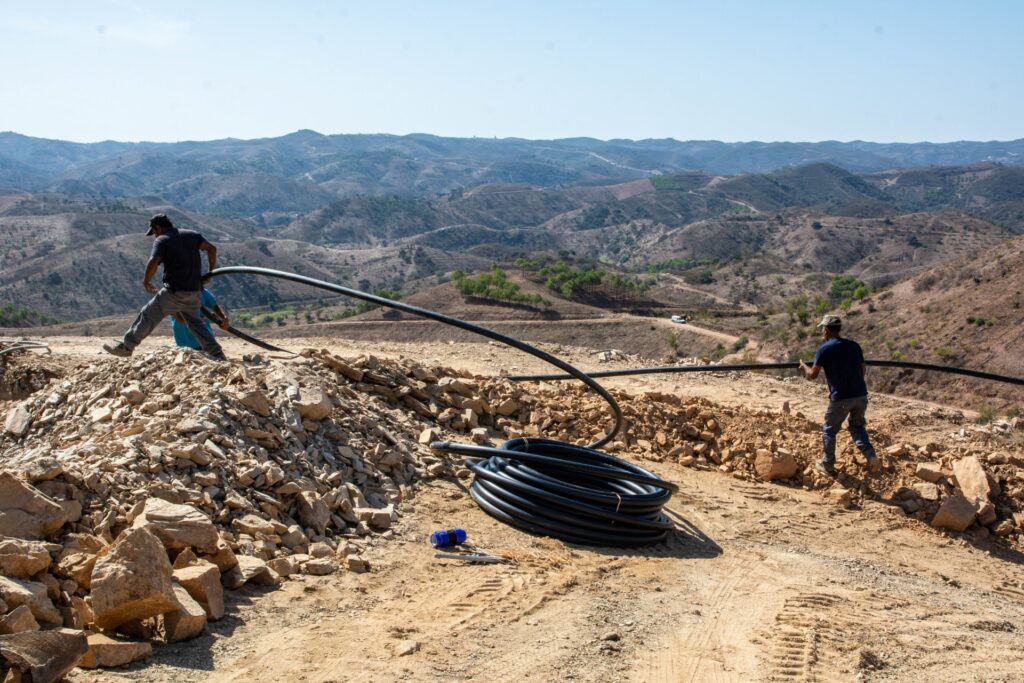
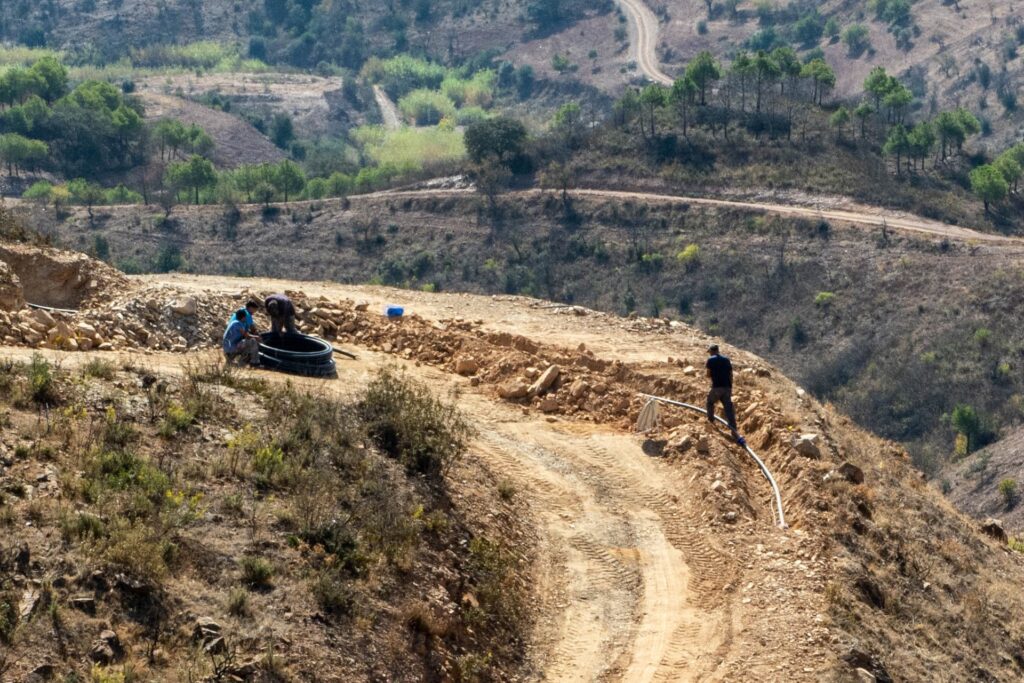
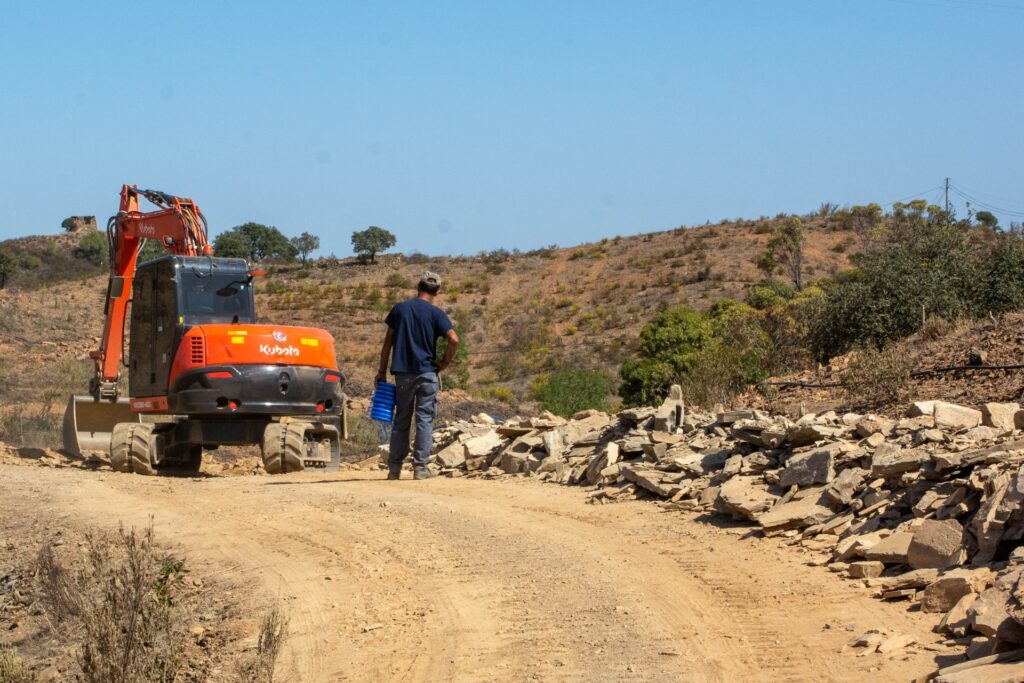
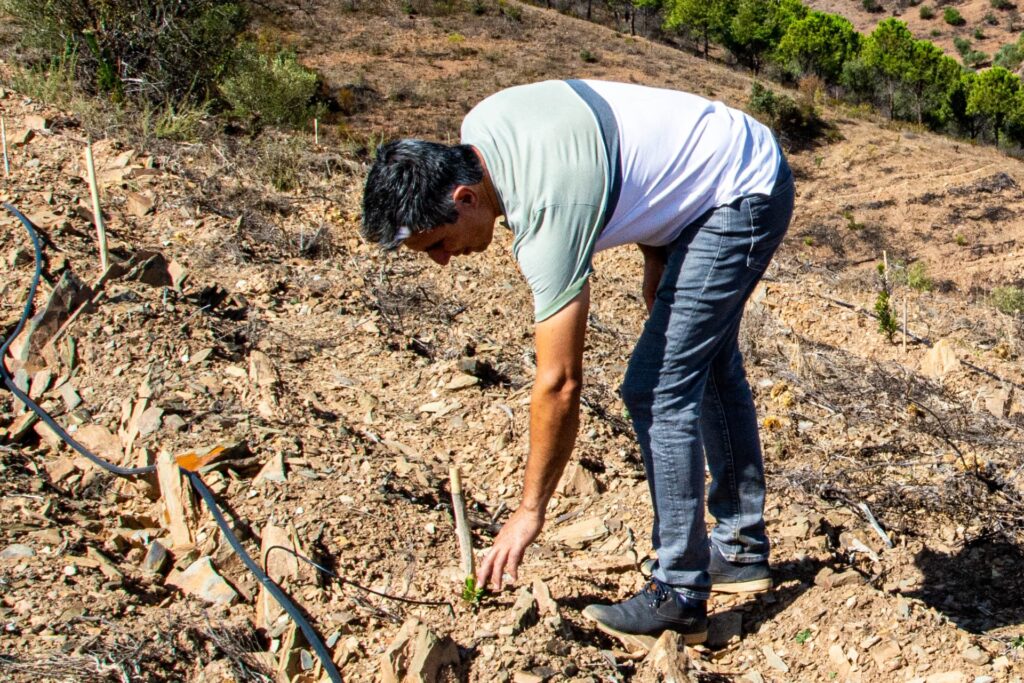
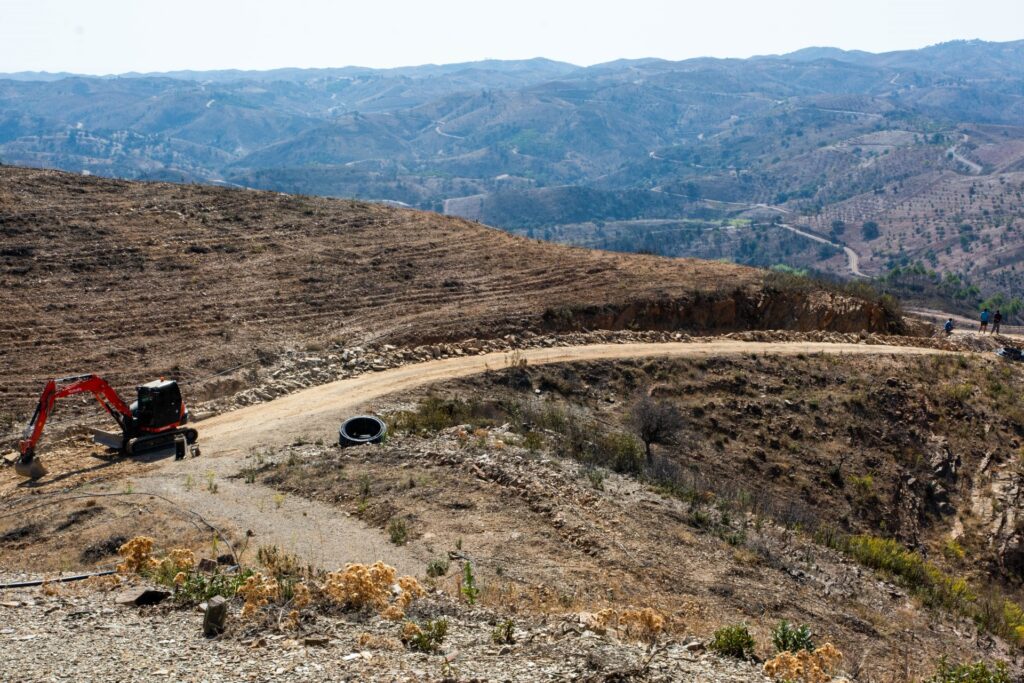
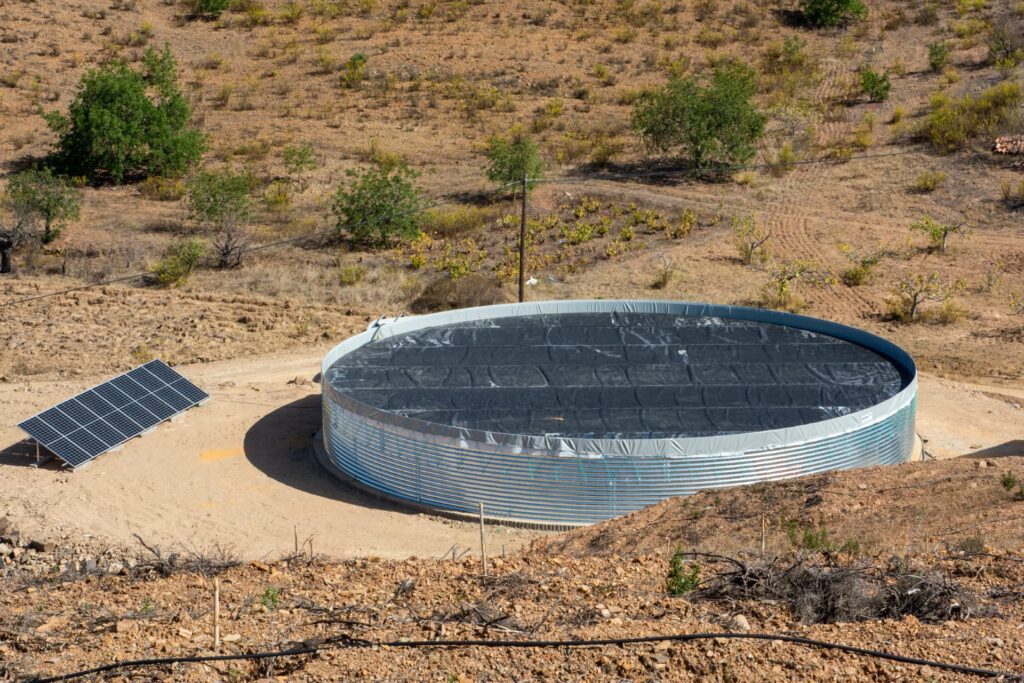
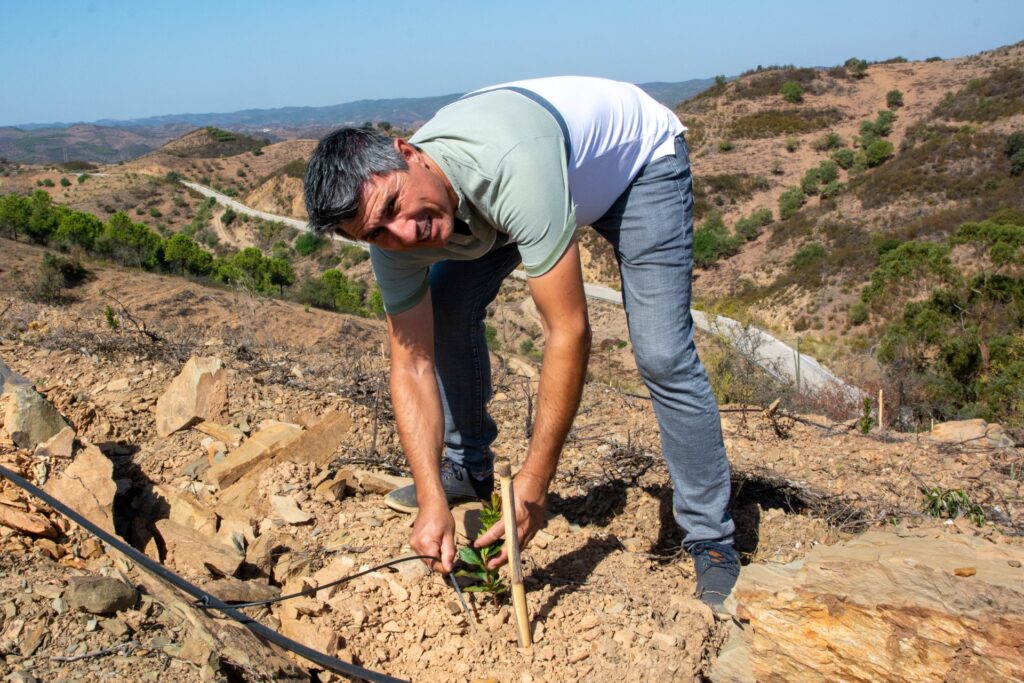


















Comments